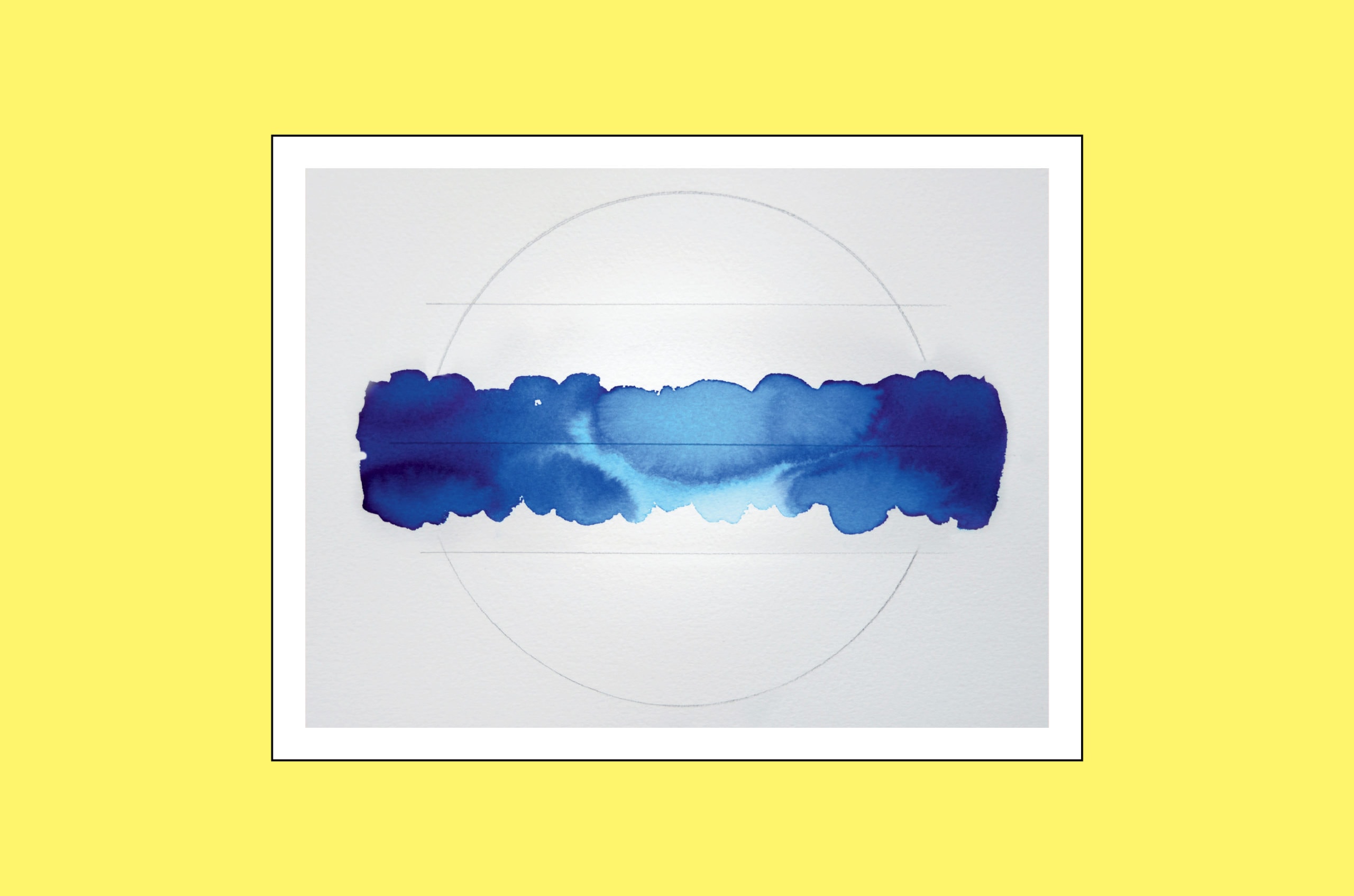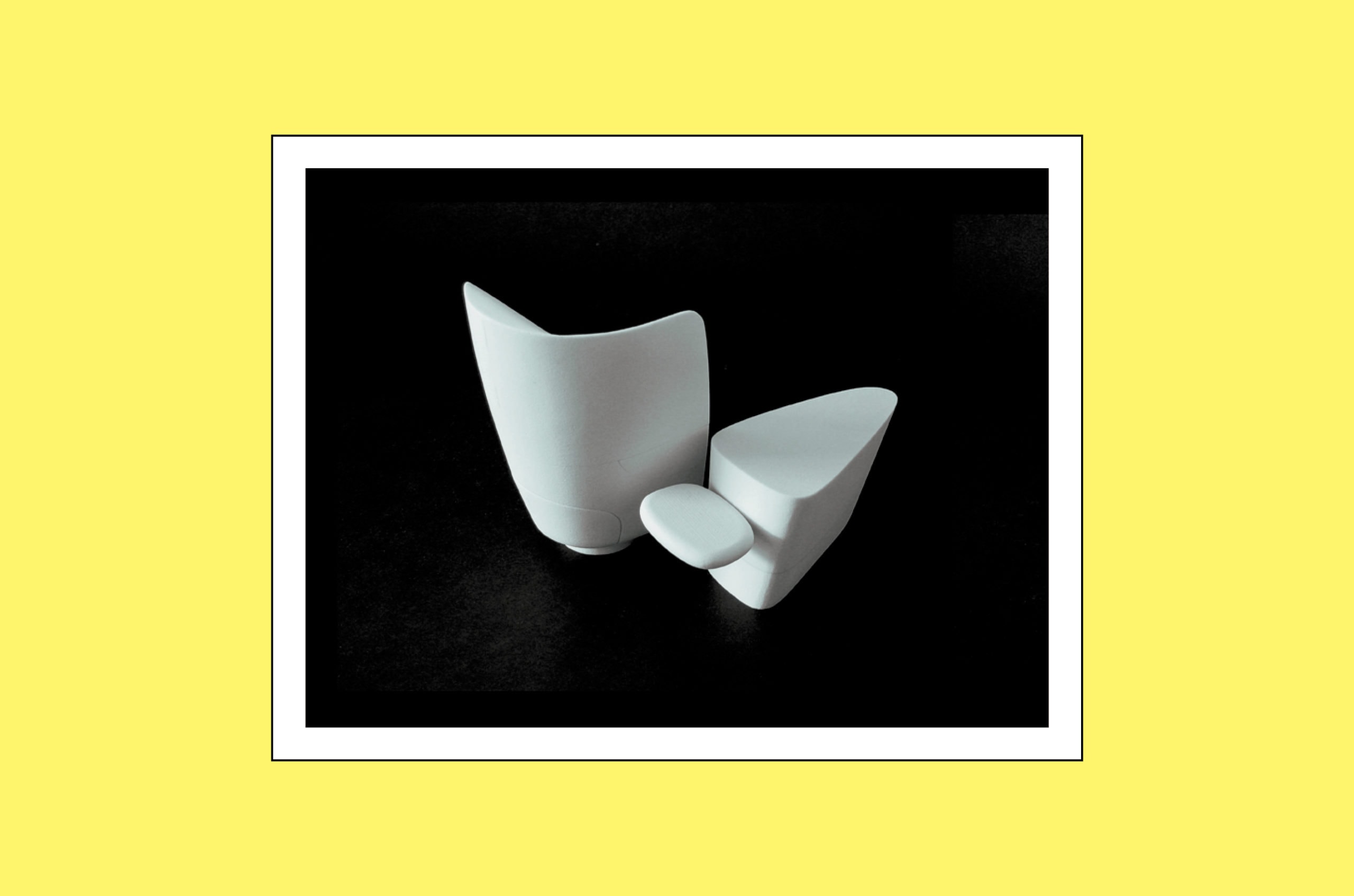Why PearsonLloyd Does Its Best Design Work When Polarities Are at Play
Share

In It Takes Ten, leaders from 10 of the industry’s top design houses share their thoughts on the creative process, sources of inspiration and the many diverging strategies that guide their work. In this section, PearsonLloyd discusses embracing the tension.
“There is a basic contradiction between working in the aviation sector and the need to respond to the climate crisis that is extremely challenging,” says Tom Lloyd, who heads design studio PearsonLloyd with Luke Pearson. But it is among such incongruities that design – theirs in particular – seems to thrive. Speaking of the rising pressure to address climate change, Pearson says, “Humans are wonderfully inventive when presented with problems to overcome.”
PearsonLloyd displayed such ingenuity in its recent work with Danish furniture startup Takt, for which it designed what on the surface appears to be a simple wooden chair. “Behind it, however, is a whole set of new thoughts and processes,” Lloyd says. The chair comes in a flat-pack design, to be purchased online and assembled by the consumer; the wood is sourced from forests where local wildlife is sustained and trees can naturally regenerate; and the chair can be composted or recycled at the end of its lifespan. “All of this allows the product to be more affordable, at a higher quality and with a lower environmental impact than ever before,” Lloyd says.
One of the other tensions that drives their work is that which exists between art and science. The pair have always been interested in the two, seemingly opposing, disciplines – “perhaps design is the meeting point,” Pearson, who once planned to pursue studies in quantum physics, posits. In their aviation work, he recalls, “When we were developing the Virgin Atlantic Upper Class seat, the simplicity of the form we were trying to define made me think of BrâncuÈ™i sculptures.” For the uninitiated, Constantin BrâncuÈ™i was a Romanian artist whose sculptures are revered for their geometric precision.

Lloyd, who counts among his idols the ultimate mediator between art and science, Leonardo da Vinci, explains that the firm approaches its projects through two lenses: the eye and the mind. The idea behind Lufthansa’s Airbus A350 economy cabin is an example: In an effort to manipulate perceptions of space, the studio applied color strategically so that its intensity fades and swells throughout the cabin. “Optical art from the 1960s was a big inspiration here,” Lloyd adds.
When asked whether the science-to-art ratio could be recalibrated in view of elevating the passenger experience, the pair, naturally, fell on opposing sides. Lloyd points to the science of ergonomics, arguing that “Small modifications to geometry, access and space could really change the user experience for the better,” while Pearson laments the fact that regulations and costs have stifled creativity. “The interiors envisioned in the ’60s and ’70s felt more connected to the world beyond aviation. Fashion and art certainly drove the interior styling more directly than they do today,” he says. It’s likely that Pearson and Lloyd will meet somewhere in between.
“It Takes 10” was originally published in the 10.2 April/May issue of APEX Experience magazine.


